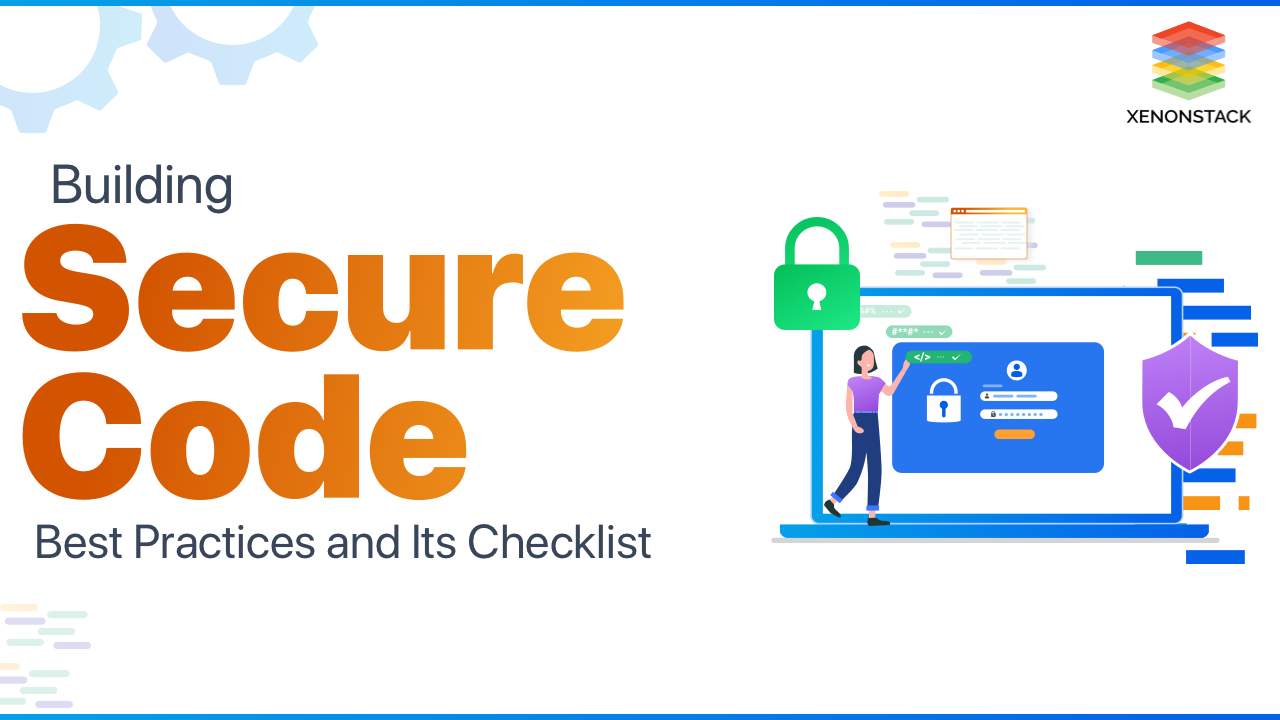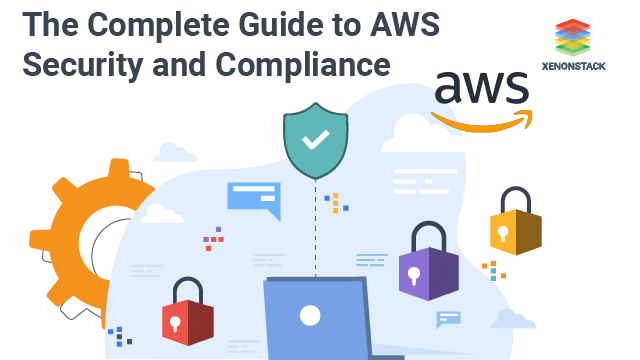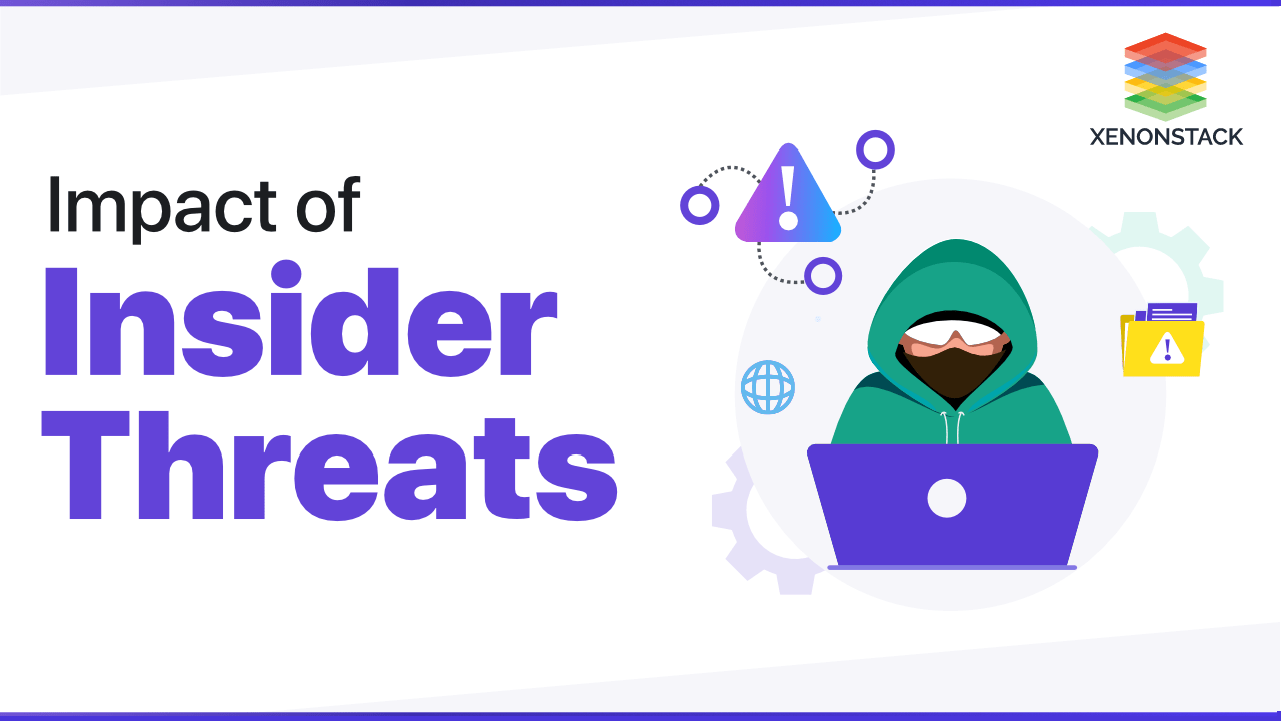
What is Secure Coding?
It is the practice of writing code in any programming language to prevent any known vulnerability in our code. Vulnerabilities that could expose any data and cause harm within a system.
What is the chance of Insecure Coding?
Insecure Coding strategies do not solely drop your customers in peril. An insecure application offers the chance of hackers accessing your applications. However, they'll affect the name of your organization. This may be why it is necessary to possess secure code.
Why we need Secure Coding?
Its practices detect and remove vulnerabilities that cyber attackers could control from completing the code. Cyber attackers will find it difficult to hack the application and achieve access to applications by designing secure code. Thereby decreasing data breaking.
Secure Coding Best Practices
A tool used for changing, building, and versioning infrastructure efficiently and safely. Click to explore about, Infrastructure as Code using Terraform
A code can be written in any programming language suited to a programmer. If any application or programming language is popular, it is highly likely to be vulnerable and more incidents will be reported regarding that language. There is no such case of one programming language being more secure than the other.
User data should not be trusted
According to the OWASP Top 10 list, four vulnerabilities out of 10 results from trusting users' input. Most of the insecure code comes from the software that entrusts the user data and processes user-defined data. For example, any login form has a username and a password column. Every column should have a checker to validate the data entered. If not validated, your application can be vulnerable to XSS (Cross-site Scripting), SQL Injections, and many more, resulting in the retrieval of sensitive data.
Use Automation
Automation is the best way to reduce the chances of human error. Insecurity, one mistake can lead to the loss of sensitive data, and we don't want to take any chances. With automation, we can put essential processes on autopilot and eliminate variables. The purpose of automation is to encourage developers to fix bugs in the early stages of the development rather than conducting a security scam at the end of the process.
Security automation can help developers speed up the development process and should be made a regular practice. These tools are used to analyze the source and the logic behind it. These tools help in finding bugs during the development process. Some of the tools are .NET Security Guard, CodeSec, Bandit.
Perform Threat Model
We can detect the soft spot that an attacker can exploit by performing our software's threat modeling. Threat modeling helps developers understand which part of their code can exploit the attackers. Threat modeling can help prevent data breaches to a large extent.
Basic steps of threat modeling
- Document the functioning of your application based on the flow of data through your app.
- Reveal possible threats against your application according to the data flow and identify the weak spots that can be exploited.
- After analyzing the threat, take action accordingly.
Use tools
It is essential to have a good analysis tool for performing coding securely. Code scanning tools can help developers detect vulnerabilities that the chosen programming language can cause. These tools analyze your code and raise flags on the possible issues for you to fix it. One can use tools like sonarQube. Code scanning can also be done on GitHub to determine any possible vulnerability.
Checklist for Secure Coding
The checklist for secure coding is below:
- Authentication with secured password
- Session Management with complete user details
- Access Control and manage with proper verification of user
- File Uploading would be specific to the context of the page
- Secure Transmission with HTTPS
The splitting of code into components or numerous bundles which can be loaded when there is a demand or in parallel. Click to explore about, Code-Splitting in ReactJs
What is Code Review?
Code review is one of the phases of software development where a systematic approach to examining the software's source code is made, which is aligned with the idea of finding bugs and estimating the quality of the source code. This phase of code reviewing can reduce finding and fixing bugs at the later stages of software development.
The code reviewing process consists of the following steps:
- To identify more efficient ways of completing any tasks.
- Identifying potential flaws.
- Check for the coding standards.
Why Code Review is important?
Code review is one of the most crucial parts of the development process. The code reviewing process helps in:
- Increases Visibility: Every developer has a different coding style, and one project can have multiple developers. If each developer follows a different coding style, it will be difficult for anyone to understand the code, and the readability of the project will be reduced. While reviewing, a fixed coding style is followed, increasing the readability and bringing consistency to the whole project.
- Minimize the Mistakes: This is considered one of the most significant advantages of code review as it helps reduce the number of bugs.
- Improves Project Quality: During the process of the code review, a lot of the things are checked whereas, one thing that is given most importance is that one has created the software according to the need of the project and no vital feature has been missed by the developer which helps save a lot of time.
- Improves Code Performance: Some budding developers might be unfamiliar with the optimization techniques that could be used to improve the code. Secondly, it provides these budding developers with the opportunity to polish their skills and become experts in their area.
- Gather Smarter Solutions: When more than one brain is working on an idea, more than one possible solution will likely emerge to tackle the problem. One can gather smarter and faster solutions for solving the same issue, resulting in more efficient and improved code performance.
How to perform effective Code review?
Below are mentioned some of the points that must be followed while reviewing the code:
Limit the number of lines you review at a time
Limit the number of lines of code you review at a time. A study at the cisco group of programming found that the ability of the brain to detect defects in a code reduces if a reviewer is reviewing more than 400 or 500 LOC (lines of code) at a time.
The recommended line of code to review at a time is 400 or 500 for maximum productivity and efficiency.
Limit the amount of time given to a Code Review
Limit the amount of time one gives to a code review. According to a study, a Code review of about 500 lines for a reasonable amount of time results in the most effective review. Give a review maximum of 60 minutes per sitting to boost the code reviewing process.
Use Automation
There is a high demand for speed and accuracy in today's digital era, which can be gained using automated tools for code review.
- Automated code review tools are of two static analysis and unit testing frameworks.
- The static analysis tool checks the code against the code and potential errors.
- The unit testing framework checks the code in units.
These are the following tools one can use for code review:
- Github: Github has its code review tool that can be used to review public and private repositories.
- Codebeat: Codebeat is an open-source code reviewing tool that can review your public repositories from Github. It supports languages like ruby, python, javascript, java, Golang.
- DeepSource: It is an open-source automated code review tool. It supports Python, javascript, Golang, Ruby, and java.
- Codacy: Codacy is one of the popular automated code review tools. It supports C ++, Python, Ruby, java, javascript, ruby, Golang.
Incorporate the use of Checklist
- Checklists can help reviewers detect defects early and quickly. The checklist can be used to check for the list of most common defects that are likely to be repeated.
- This can prove to be one of the most effective ways to detect errors.
- One can follow the below-listed checklist:
Readability
Check whether the code is readable, easily understood, and manageable. Formatting of the code should be performed so that it should be readable. Proper commenting should be done for a better understanding of the code.
Proper Pattern
The code must follow a proper pattern throughout the whole code.
Code Quality
A good quality code must be - readable, testable, debuggable, and configurable. These four factors must be kept in mind when creating a checklist.
Check for the Output
The output of the code should be aligned with the expected output.
Code Reusability
Check for the reusability of the code and follow the DRY approach, i.e., Don’t Repeat Yourself.
- The checklist will enable the review to understand what to look for and where.
Fix Defects
- After effectively reviewing the code for a particular amount of time and a number of lines, i.e., 500 LOC per review for 60 minutes, it is essential to resolve the bugs we encountered during the code review process.
- Discussing bugs with the author and approving changes in the code is one of the most crucial parts of the code review.
- A proper process should be prepared and followed to fix the bugs found during the process.
Create a Positive Code Reviewing Culture
- Every bug found should be an opportunity for the team to improve the quality of the code.
- The code review process represents an excellent opportunity for the juniors to learn and gain knowledge from the seniors.
- Bugs Found in the code should be viewed as an opportunity rather than a setback.

Conclusion
In today's digital era, where every company uses an online platform, it makes them highly vulnerable to security threats, increasing the need for secure code while building our application. Hence, it is highly recommended that programmers gain some knowledge about secure coding so that the applications are more secure and less vulnerable.
- Discover more about Site Reliability Engineering
- Read more here about Functional Programming


